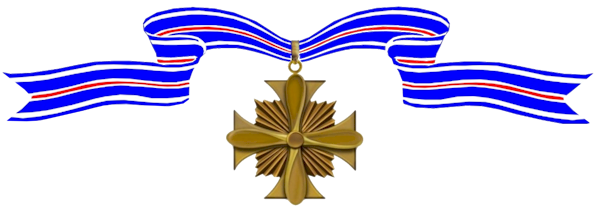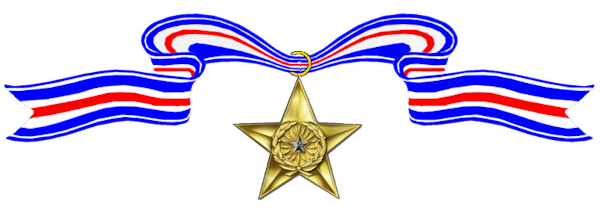The President of the United States of America, authorized by Act of Congress, July 2, 1926, takes pleasure in presenting the Distinguished Flying Cross to First Lieutenant (Air Corps) Edward C. Teats, United States Army Air Forces, for extraordinary achievement while participating in an aerial flight of nine B-17 bombers from Honolulu to the Philippine Islands from 5 September to 12 September 1941. First Lieutenant Teats displayed skillful airmanship and accurate knowledge of the highly technical details involved in the successful execution of the flight which involved traversing by air uncharted waters from Wake Island to Port Moresby and Darwin and thence to Fort Stotsenberg. The speed with which each phase of this flight was accomplished indicated a high quality of navigation. This outstanding achievement reflects the highest credit on the military forces of the United States.

Awards Received
-

Silver Star
-
Silver Star
Service:
United States Army Air ForcesRank:
Captain (Air Corps)Batallion:
14th Reconnaissance SquadronRegiment:
19th Bombardment Group (H)Division:
Far East Air ForceAction Date:
April 10 – 14, 1942
Headquarters, Allied Air Forces in the Southwest Pacific Area, General Orders No. 20 (June 20, 1942)The President of the United States of America, authorized by Act of Congress July 9, 1918, takes pleasure in presenting the Silver Star to Captain (Air Corps) Edward C. Teats (ASN: 0-342513), United States Army Air Forces, for gallantry in action while serving as Pilot of a B-17 Flying Fortress Bomber of the 14th Reconnaissance Squadron, 19th Bombardment Group, Far East Air Force, in action against the enemy from 10 to 14 April 1942. Captain Teats departed from Batchelor Field, N.T., Australia, on 10 April 1942 for a secret advance base in the Philippine Islands. He bombed enemy shipping at Batangas but was forced to return before noon to his base because of damage to the plane. While repairing it, the enemy raided the field and further damaged the plane, which necessitated working all night so that the crew might take off in the morning. Half an hour after the take-off, an engine went out and the long trip back to Australia was accomplished with a crippled plane. This remarkable achievement exemplifies the highest accomplishments of the United Sates Air Corps and is in keeping with hits highest standards.

